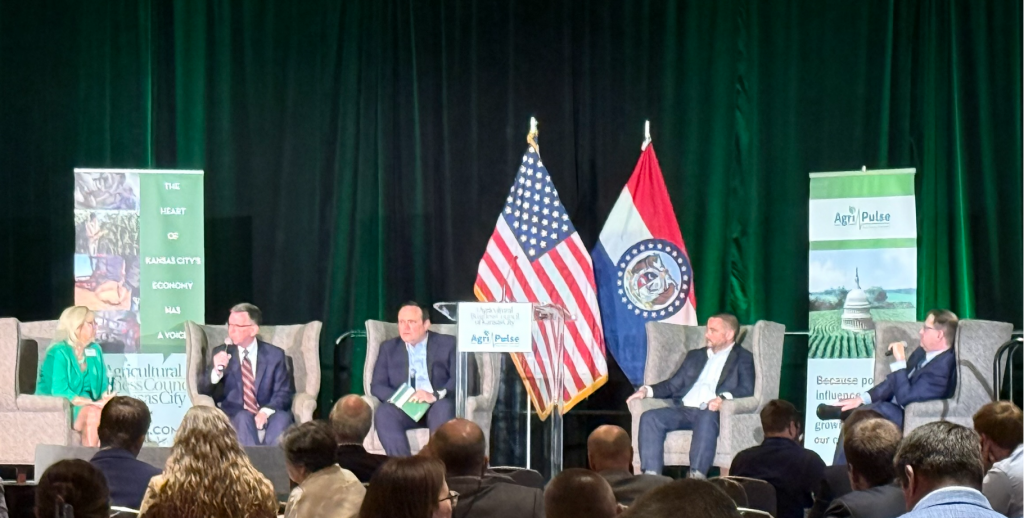
Despite facing significant headwinds in key sectors, John Newton (Executive Head of Terrain) expressed optimism for the future of the farm economy during a discussion at the Ag Outlook Forum. Speaking with Farm Director KC Sheperd, Newton pointed to expected political action, regulatory relief, and strategic investments as reasons for his positive outlook.
Sources of Optimism and Political Support
Newton acknowledged the “tough time right now” but expressed confidence in the administration’s commitment to supporting agriculture.
- Trade Negotiations and Support: Newton believes President Trump “is going to get an agreement with China,” though he admitted, “it might still take a while.” He views the administration’s recent announcement of support as a recognition that they “may need a longer runway to negotiate.”
- Regulatory Relief and Biofuels: Optimism is also fueled by expected regulatory reforms from the Secretary of Agriculture, which he said will “certainly help reduce cost.” Additionally, the potential for year-round E15 to be passed in a National Defense Authorization Act (NDAA) package is a significant tailwind for the corn market.
- Investment in Ag: Newton commended Congress for making “historic investment in the Farm Bill” and listened to farmers by making many of the tax provisions from the Tax Cut and Jobs Act permanent. He asserted that they “made an investment in farmers… and the communities these farmers call home.”

The Tale of Two Farm Economies
Newton highlighted a clear divide in financial fortunes between the crop and livestock sectors, noting the resilience of animal agriculture.
- Cattle Sector Strength: Newton welcomed the announcement that the administration would not issue direct payments to cattle producers. He explained that cattle producers “weren’t asking for a direct payment” and are currently in a strong financial position due to record cattle prices and a tightening supply, which allows them to “rebuild some of that lost working capital from a few years ago.”
- Crop Sector Strain: The crop sector, however, faces immense pressure. Newton noted that for many field crops, projected revenue in 2025 is below the projected cost of production for the third consecutive year.
Trade and Logistical Challenges for Grain
The lack of Chinese purchases and rail system constraints are creating a logistical bottleneck for the grain industry, particularly for soybeans in the Upper Midwest.
- Export Bottleneck: Newton pointed out a severe issue in places like Fargo, where “there are no bids for soybeans.” Beans that typically move through the Pacific Northwest (PNW) are being stranded, resulting in a basis of “about $1.80 under the Chicago price”.
- Rail System Activity: The issue is compounded by the seasonal nature of agricultural demand for rail cars. Newton warned that because the country is “not seeing the type of activity across the country” needed, it would be a “challenge to just turn all that back on” to meet export demand. To fix this, assets need to move and people must get “back to work” to allow the rail system to deliver the crop.

















